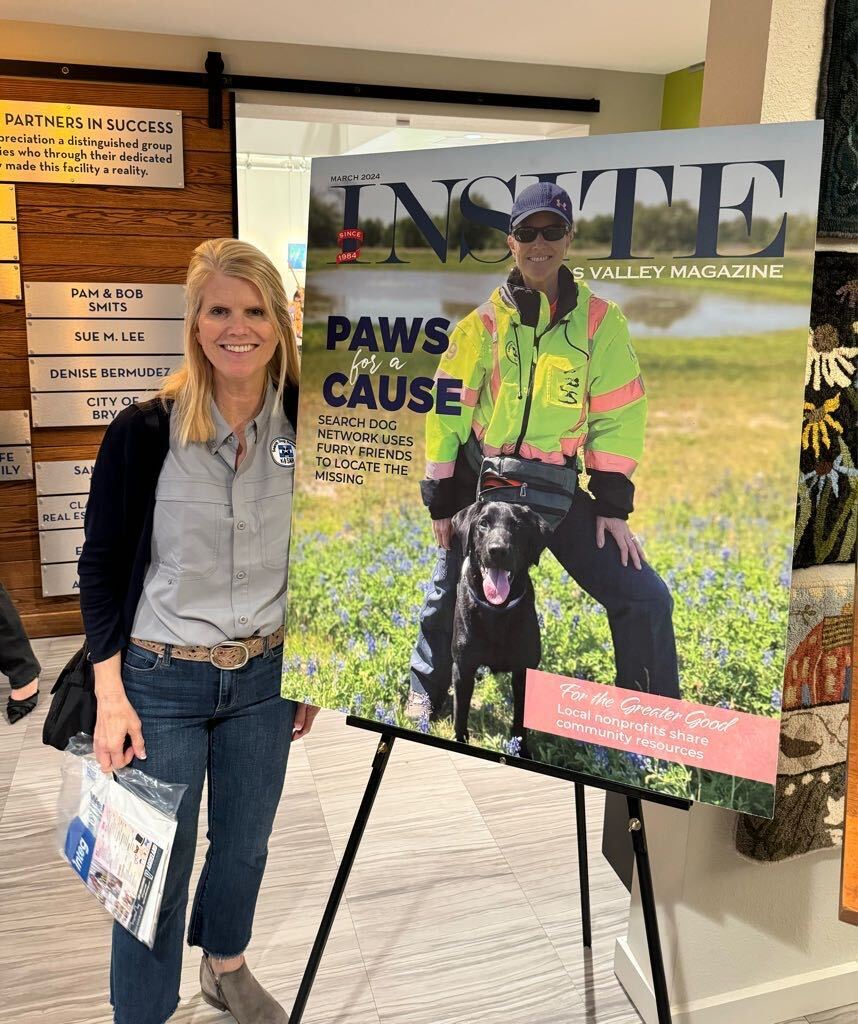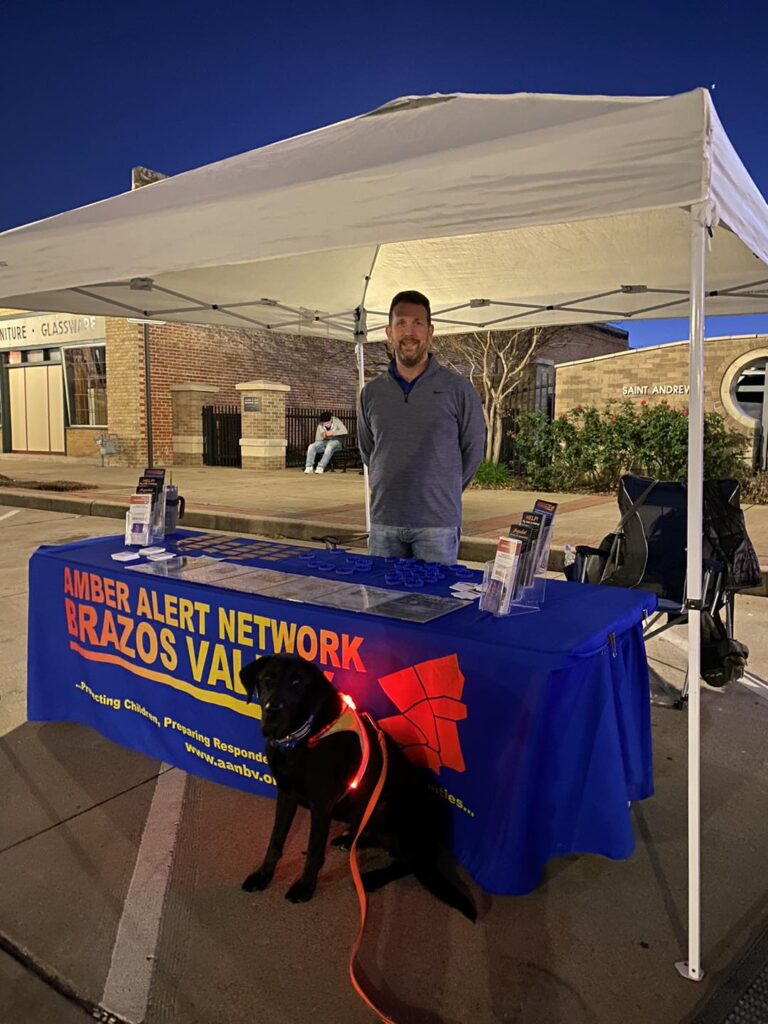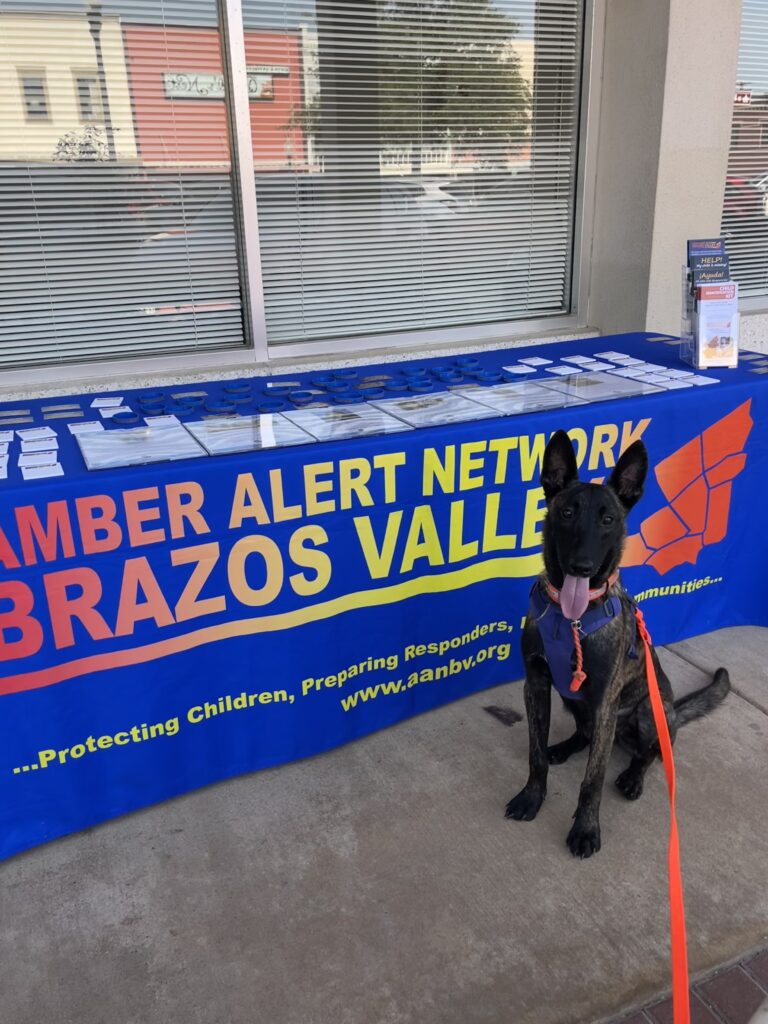Law enforcement and search partners: We have updated our emergency contact number. Effective immediately, our contact number is 979-217-1355.
Others: If you are confronted with a situation involving a lost or missing person you should CONTACT LAW ENFORCEMENT IMMEDIATELY.
The sooner a search is started, the better the chance is of the missing person surviving being lost. Search Dog Network will only respond to calls from Law Enforcement or agencies having jurisdiction. With approval from the responsible agency, Search Dog Network will assist other organizations.
Law Enforcement: Since our team consists of Professional Volunteers, prompt notice is essential. Our Volunteers may need to take time off of work pick up our Canine Partners and get on the road to your location.


